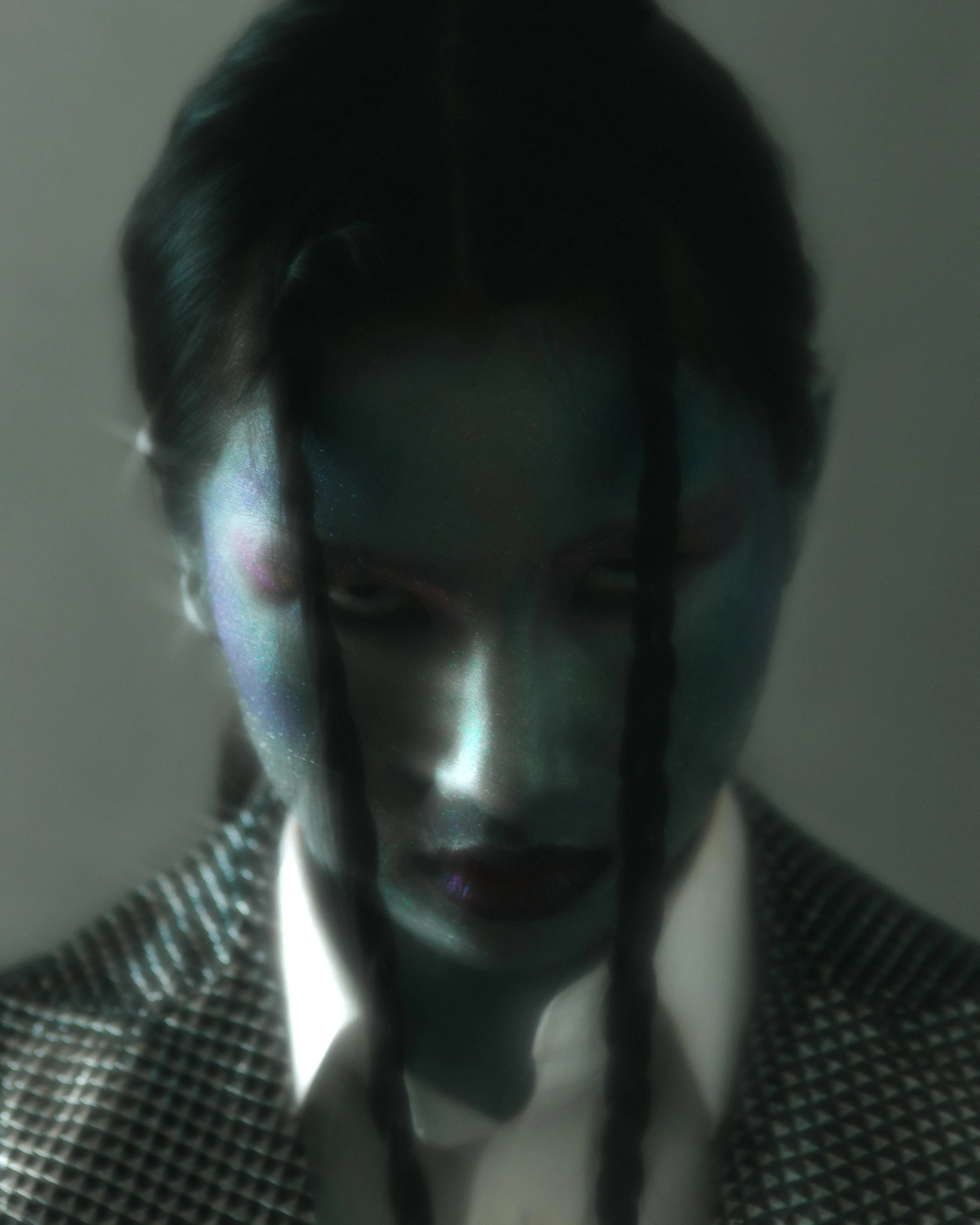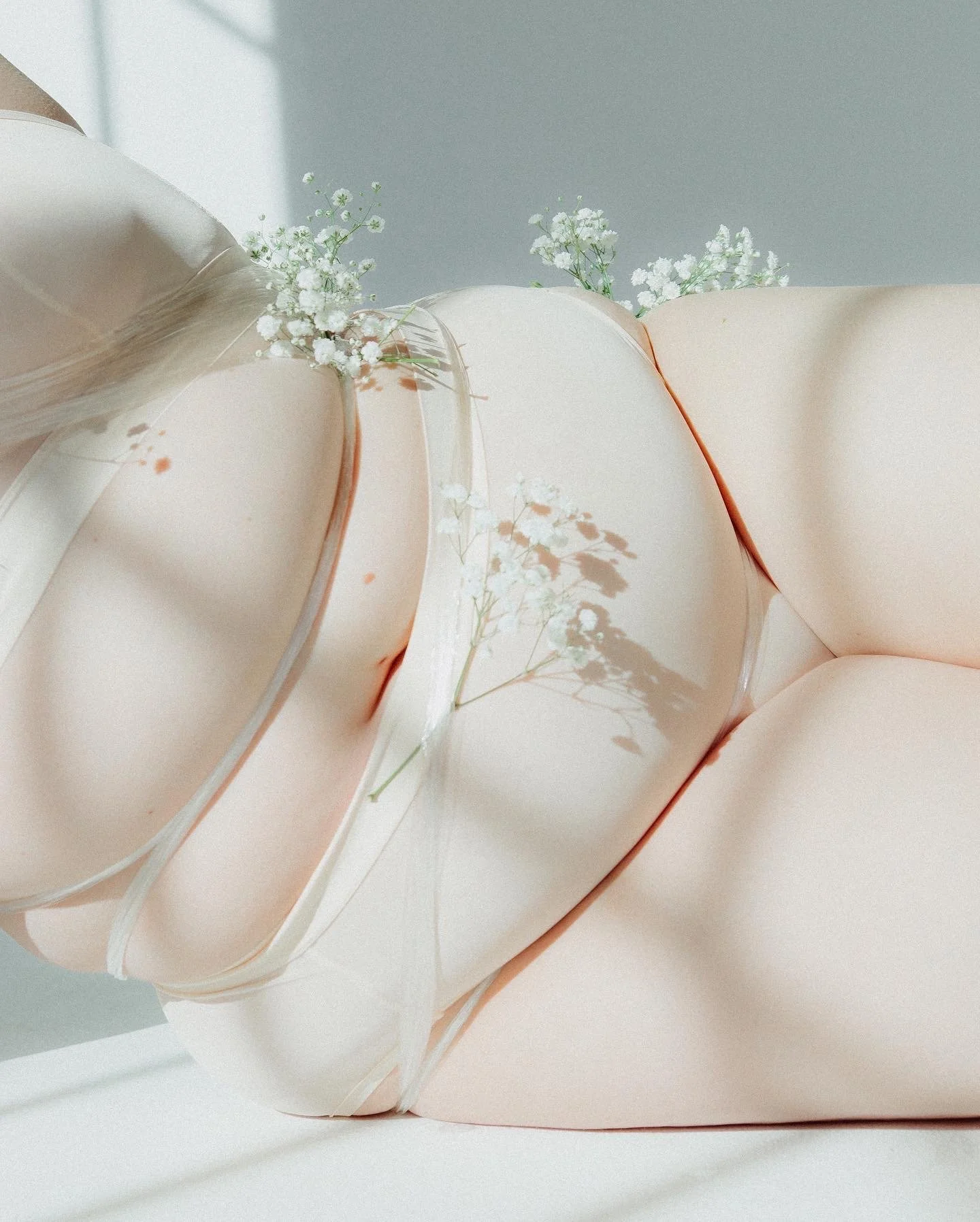MAAC Masterclass
Willym Brown Pronouns They/Them/Theirs- Fine art Photographer
Experience
6 Years experience in fine art photography exploring conceptual portraiture, queer intimacy, erotic portraiture, editorial photography, wedding/elopement photography, & agency headshots and comp cards.
Accolades
Publishings include Sticks and Stones, Nakid, Pap, Elegant, & Vogue Italia.
Equipment
Canon EOS R
Canon Ae-1 (35mm Film)
Canon Eos Rebel (35mm Film)
Mamiya M645 1000s Medium Format (120/220mm Film)
Mamiya C220 Medium Format (120mm/220)
Overview
Focused coaching and dialogue encompassing communication on set. (Lecture)
Breaking down how we communicate with two types of model within contextual styles of photography. The two types of models you’ll work with as a photographer are models who have a strong understanding of dynamic posing and those who are looking to you for guidance. Contextual styles we are focusing on in this course will revolve around editorial and conceptual fine art— though these tips can be used across the board. Anyone interested in depth discussions around erotic photography can talk to Willym personally after class. We will discuss how we plan our shoots, discuss boundaries with models, and how to create safe spaces.
Creating a photo. (Lecture)
We will discuss pertinent topics like composition that explores story telling through set design, on location sites, studios, and Natural lighting, off camera flash in relation to our subject. How our environment can add or take away from our subject. How lighting sets the tone. How we work with what we got on location.
Hands on studio time to practice these taught skills, along with challenges and prompts for both models and photographers. (Workshop)
Challenges- Shoot with model in absolute silence ( 5 minutes). Shoot with model blindfolded ( 5 minutes).
Networking with like-minded peers.
A step towards shifting the culture of consent in our industries.
Two Types Of Models:
Not every model that needs more direction is a inexperienced model, and not every model that is proactive in posing is experienced. I like to look at as communication styles. Ultimately the photographer has a clearer vision of what the perspective is. It is always up to you to fine tune or not the posing. Trust your model, compromise, and communicate.
Tips For Communicating Your Vision
Communication should start with yourself. That means really thinking about the shoot ahead of time. In some cases that could mean sitting on a concept for years, and yes I mean years. But it doesn’t always have to be that deep. It could just mean creating mood boards and saving inspiration. Make Pinterest boards of stuff you like, bookmark stuff on Instagram. A lot of my inspiration comes from music, paintings, and other mediums than photography. Most of the time my ideas can be accumulation of multiple things at once. Start introducing intention into your work and exercise it. You will find that those old ideas will come in handy for the right client. Even better when a client approaches you with a concept it can help you on how to really expand further and take the concept to a new level. I highly suggest using mood boards and inspiration as ways to communicate with clients because thats how they see your vision and thats how we begin to create trust.
Before even setting foot on location, discuss boundaries with your model. Boundaries can look like a few different things ie.- “Are you comfortable with this type of styling, makeup, or hairstyles?” “Would you be comfortable with this location and weather?” “What are your modesty levels?" In all styles of photography modesty matters. There is context to nudity as much as there is context to a ball gown. You need to understand that context within your own work. If the model is uncomfortable with certain modesty, you need to adjust. Versatility is a strength. Not working with someone because of their modesty is suspect to me. There is no reason you can't shelf that concept and do a different concept with the model. There is definitely no reason you can’t compromise. If the project calls for more risqué looks then you hire the person who is comfortable with it. Don’t force someone who isn’t. Once someone has told you what they are comfortable with you respect that from that point on out. There is no appropriate moment to bring it back up, especially on set.
Creating A Photo
Develop a work flow. From the beginning of the concept to the day you have it edited and sent out. There is no better way for you as a creative to learn from yourself than repetition. Build that mood board, ask the same question each time to your clients so communication is as clear as possible, develop an on set routine.
When you arrive on location take a look around. What is working for your concept and what isn’t? What is the situation for light? What can you add while still keeping it practical? Move stuff around to work for you. Eliminate the clutter. The best way t really achieve what you are going for in tones in regards to light is know what light looks like at different times of the day and season. Scout locations and get and understanding of the spot intimately. Ask for photos of a space if the client or model has a location picked out. Advocate for the correct time and better lighting. Most of all be versatile. Get ready to improvise.
When composing a shot we need to think about how does the enviroment tell the story? We are here to portray a story through one to few images. We have to allow the viewer to make assumptions, or we need to take away those assumption. Everything is a subject in a photo but who is the main character? What is the context for the secondary and third subjects? When Shooting something like Fashion often our subject is the clothing. Contextually we have to show the consumer how to wear it. Say we’re selling a jacket— thats our primary subject. Contextually with other clothes we can create an aesthetic that shows how to style the jacket. But our environment shows this is for dinner parties, rain, winter, etc. Our environment can do the same for more abstract subjects like emotions. In a space that utilizes maximalism a model within it can appear small or as another prop within the room. This often touches into deeper revelations of objectification as a subject and that idea objectification can be a deeper message to something like identity. Through these layers we can communicate subversively and push past shallowness of something so vain as a portrait.





